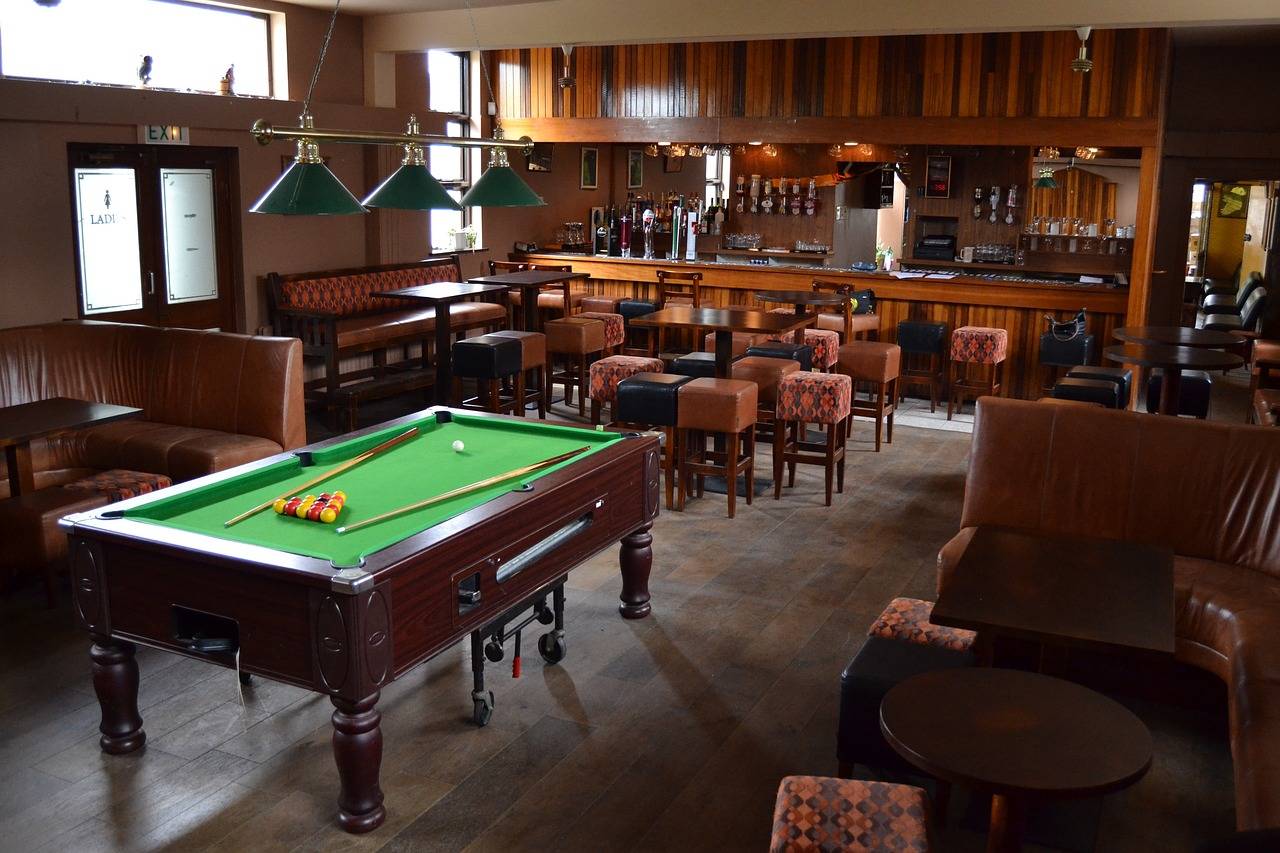The Future of Live Performance Technology: Holograms, Augmented Reality, and Immersive Stage Designs
Stage technology has come a long way since its humble beginnings, with advancements continually pushing the boundaries of what is possible in live theatrical productions. From simple sets and basic lighting to sophisticated automation systems and immersive projections, modern stages now offer a plethora of tools for enhancing storytelling and creating captivating experiences for audiences. The integration of cutting-edge technologies such as LED screens, holographic effects, and virtual reality has revolutionized the way stories are told on stage, blurring the lines between reality and imagination.
Immersive Experiences for Audiences
Audiences today expect more than just a passive viewing experience when attending a performance. The demand for immersive experiences has been steadily increasing, prompting creators to explore innovative ways to engage and captivate their viewers. The evolution of technology has played a significant role in enhancing these experiences, allowing for a seamless integration of digital elements into live performances.
Through the use of multimedia projections, interactive lighting, and sound design, audiences are transported into a dynamic and interactive world that blurs the lines between fiction and reality. These immersive experiences not only stimulate the senses but also create a deeper emotional connection between the audience and the performance. The result is a truly unforgettable journey that leaves a lasting impact on viewers long after the curtains have closed.
What is the significance of stage technology in creating immersive experiences for audiences?
Stage technology plays a crucial role in enhancing audience engagement and creating a more immersive experience by utilizing advanced audio, visual, and special effects.
How has stage technology evolved over the years?
Stage technology has evolved significantly over the years, with advancements in lighting, sound systems, projection mapping, and virtual reality, all contributing to creating more realistic and immersive experiences for audiences.
What are some examples of immersive experiences that have been successful in captivating audiences?
Examples of successful immersive experiences include interactive theater productions, 3D projection mapping shows, virtual reality experiences, and sensory-rich performances that engage multiple senses.
How can theaters and performance venues incorporate immersive technologies into their productions?
Theaters and performance venues can incorporate immersive technologies by investing in state-of-the-art equipment, collaborating with technology experts, and designing shows that are specifically tailored to take advantage of immersive experiences.
What are the benefits of offering immersive experiences for audiences?
Offering immersive experiences for audiences can increase ticket sales, attract new audiences, and enhance the overall enjoyment and engagement of theatergoers, leading to a more memorable and impactful experience.





